Back on campus after a year of increased safety concerns, students have mixed feelings as they begin to notice the effects of new public safety programs and policy changes at the University of Minnesota. While students met the University’s increase in safety alert coverage and infrastructure with positivity, other policies proved more controversial.
The University faced an uptick in crime near campus this summer, including an incident of shootings and assaults on the 1700 block of University Avenue that led parents of University students to band together to call for action.
In response, the University held two public safety forums to listen to people’s concerns and make changes before the start of the fall semester.
“I think the University this year at least is doing much better in terms of sort of taking the ideas and requests of people,” Flora Yang, Undergraduate Student Government (USG) president, said. “That itself was a really good start.”
Yang said students are most directly impacted by campus crime because it impacts their “quality of life.”
“Students’ voices should be prioritized above all else because we are technically the biggest stakeholders on campus,” Yang said.
Yang said this fall, USG is forming a new Campus Safety Task force, which will include about 20 undergraduate students who will meet regularly to brainstorm, research and develop recommendations to present to the University to address safety concerns.
Students feel concerned about campus police presence
At the July Board of Regents meeting, President Joan Gabel outlined a new safety strategy to address on-campus crime, support the surrounding off-campus neighborhoods and improve training within the University of Minnesota Police Department (UMPD).
“We understand that [crime] is an issue, we are concerned about it and we need to work on it,” Myron Frans, senior vice president for finance and operations, said. “It’s hard though, there is no formula.”
One major change is in the relationship between UMPD and other police departments. On Aug. 24, the Hennepin County Sheriff’s office and the Minneapolis Police Department (MPD) began patrolling on and off campus, in partnership with UMPD.
Yang said that she wishes the University would have better communicated their intentions with students before reinstating their full partnership with MPD.
“With having that collaboration again with MPD, what I wish is for the University to have then consulted with students a little bit more beforehand,” Yang said. “Because this is policing of the campus area.”
The increased police presence has made some students feel uneasy because of highly publicized cases of police violence against civilians in the Twin Cities. After former MPD officer Derek Chauvin killed George Floyd in 2020, the University ended its partnership with the Minneapolis Police Department (MPD) for large events and specialized services.
University students McKenna Maher and Sahra Hussein both expressed mixed feelings about the collaboration between UMPD and MPD. Maher said she would feel more secure if officers were unarmed.
“I don’t feel inherently more safe with the increase of officers, although I do see a value in unarmed, well-trained police people for the job who work for the school specifically,” Maher, a first-year student, said.
Hussein lived on campus over the summer and said she has noticed an increase in police on campus since the fall semester started.
“It makes me so nervous, just being a Black woman in general and getting stared at by them is really weird,” Hussein said. “I feel like the UMPD here don’t really do anything other than standing around.”
Hussein said she feels like there is a delay in action from the police when criminal incidents do occur.
Hussein said she was also upset over the lack of communication between the University and students. While announcement emails are sent to students when the University changes safety policy and practices, Hussein said she wishes the information was published on more platforms to increase awareness of major shifts.
“There’s also been a lot more violence, and I feel like once they send out the safety alerts, there hasn’t been really any action towards changing anything,” Hussein said.
Frans said the University is aware some students feel uneasy about the extra police presence on campus. He said he wants students to know the University has not lost sight of ensuring equity, justice and diversity in policing.
“We understand that not all students see the uniform in the same way,” Frans said. “We also have to address this concern about respect and being treated fairly and that’s a really important part of our mission and our training.”
Frans said the University is working to improve communication and engagement between UMPD, students and faculty.
“We would prefer that [UMPD officers] have less patrol time and more opportunity to be out and around talking to students,” Frans said.
The University and Gov. Tim Walz also announced a partnership Sept. 7 with the Minnesota State Patrol. State patrol officers will now be patrolling areas around campus.
New alerts and infrastructure receive a positive response
During the first week of the fall semester, the University rolled out a pilot program called Dinkytown alerts that students can opt into in addition to SAFE-U alerts. This program, which the University announced Sept. 8, will run until December and alert participants to certain crimes that occur in Dinkytown.
Hussein said the new Dinkytown alerts make her feel safer while near campus, especially at night and on weekends.
“I feel like it should have happened years ago,” Hussein said. “The violence has been going on for a while.”
The University also added new safety infrastructure over the summer with the hopes of preventing crime by illuminating streets and adding more surveillance.
Frans mentioned seven new blue light kiosks have been installed around the perimeter of campus, and the University is hoping to add more in Dinkytown in partnership with the city, which has not been done in the past.
Frans said the University is also working to improve lighting on campus with the recent addition of two temporary light fixtures and more coming later this fall. According to the safety updates, the University has also added a camera in Dinkytown for surveillance.
An updated online Campus Maps function is also now available to students to help locate areas with blue light emergency kiosks on campus and see well-lit walkways around campus at night.
Boynton Health’s Gopher Chauffeur, a free shuttle service for students on campus, expanded to reduce wait times and increase the number of rides available.
Another University program instituted over the summer was the Dinkytown Safety and Pedestrian Access Pilot, which converted two streets in Dinkytown into a pedestrian-only zone from Thursday evenings through Sunday mornings for three weeks. By blocking the street from traffic, the University hoped to prevent people from coming to the area to commit crimes on weekends.
“It had some good success; we thought it quieted things down a little bit,” Frans said.
However, the University decided against extending the program because it disrupted Dinkytown businesses by making it more difficult for potential customers to enter the neighborhood.
Frans said the University installed metal plates on the same intersection as a less invasive way to prevent drag racing. These plates cause damage to vehicles by removing the connection between a car and the ground. Frans said they will remove the plates in the winter.
The University and the City of Minneapolis are discussing installing retractable street barriers that would be raised and lowered to prevent traffic in the area at night on certain days, Frans said.
The University formed a Strategic Safety Advisory Committee in July that meets weekly to discuss potential solutions to public safety concerns. Frans said this committee mainly consists of parents, faculty, staff and students.
The University compiled a list of many of the changes made over the summer.
Correction: A previous version of this article misstated the full name of Boynton Health’s Gopher Chauffeur.


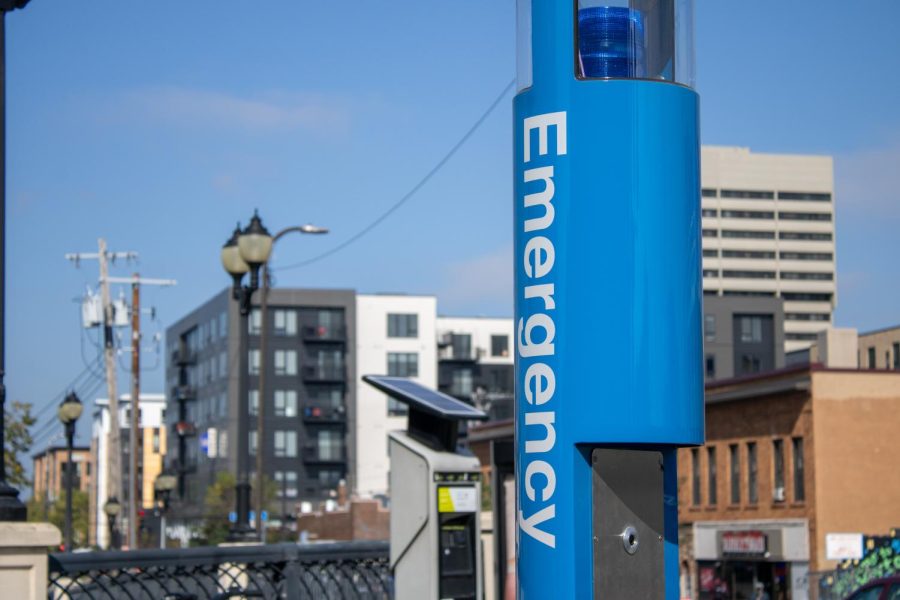

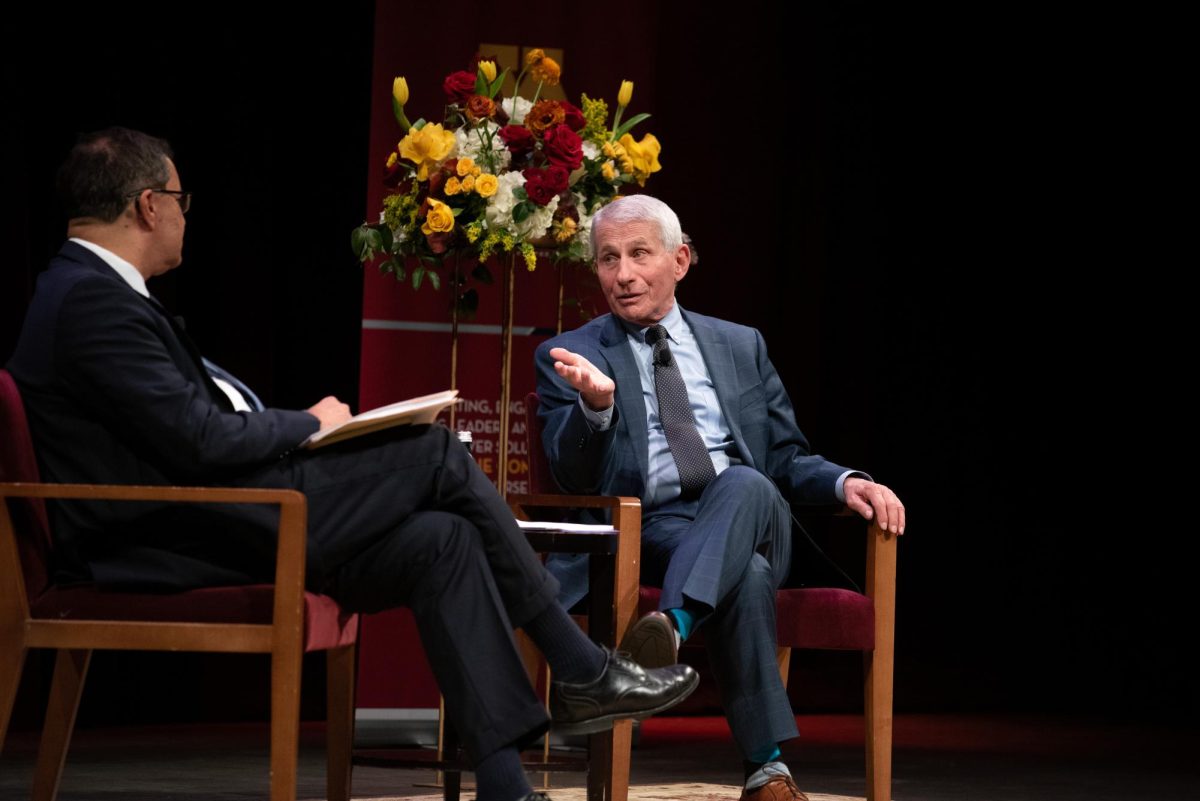

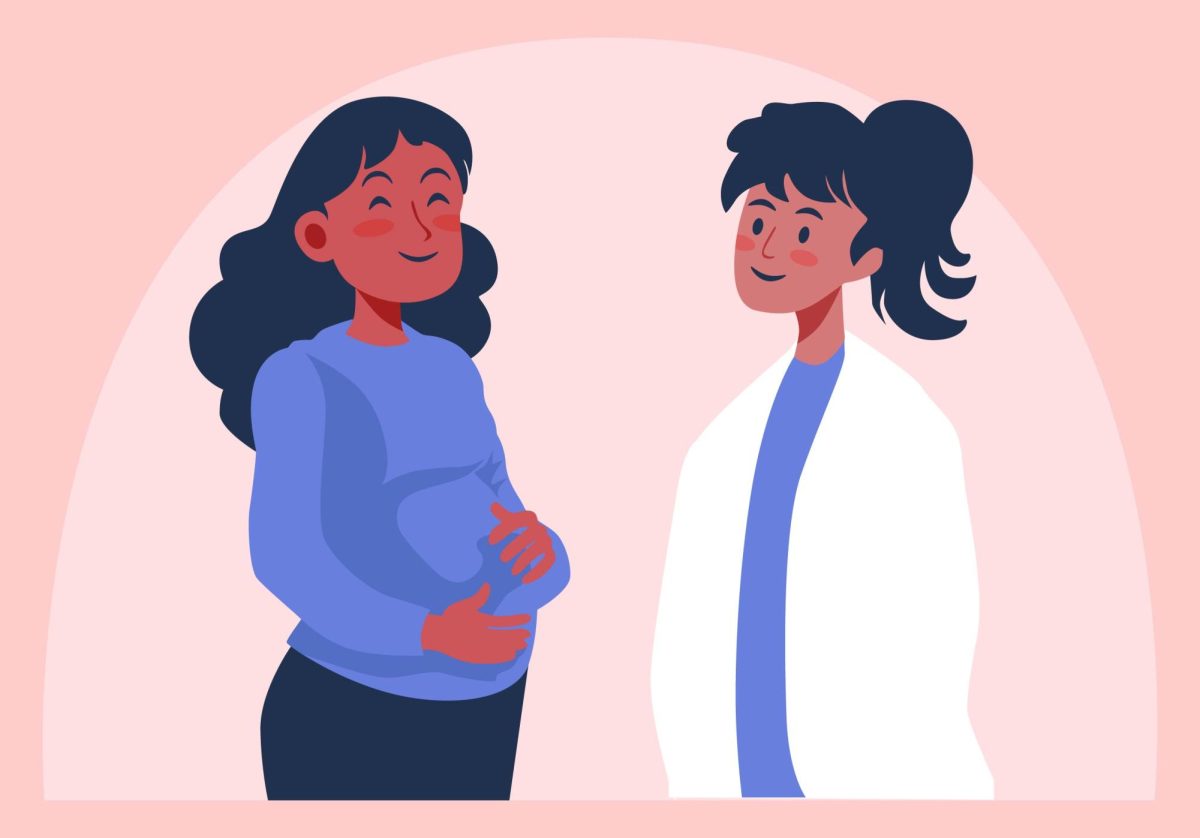




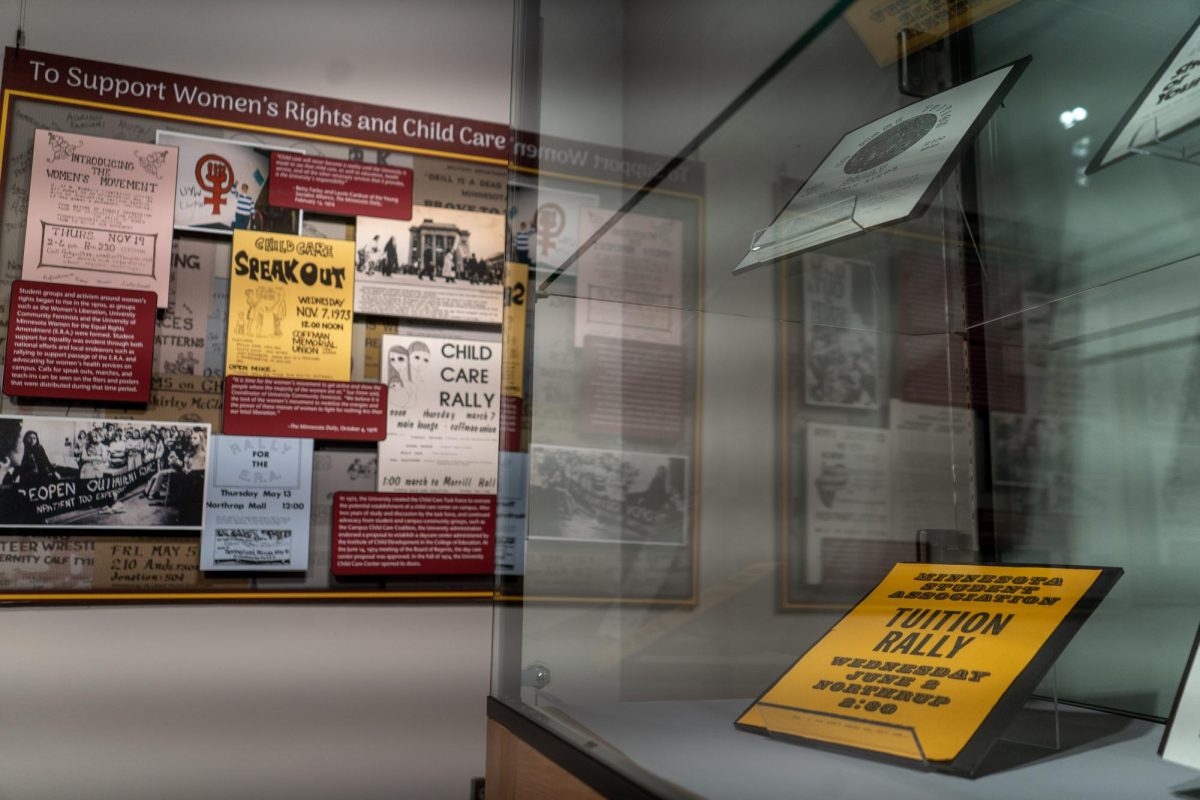
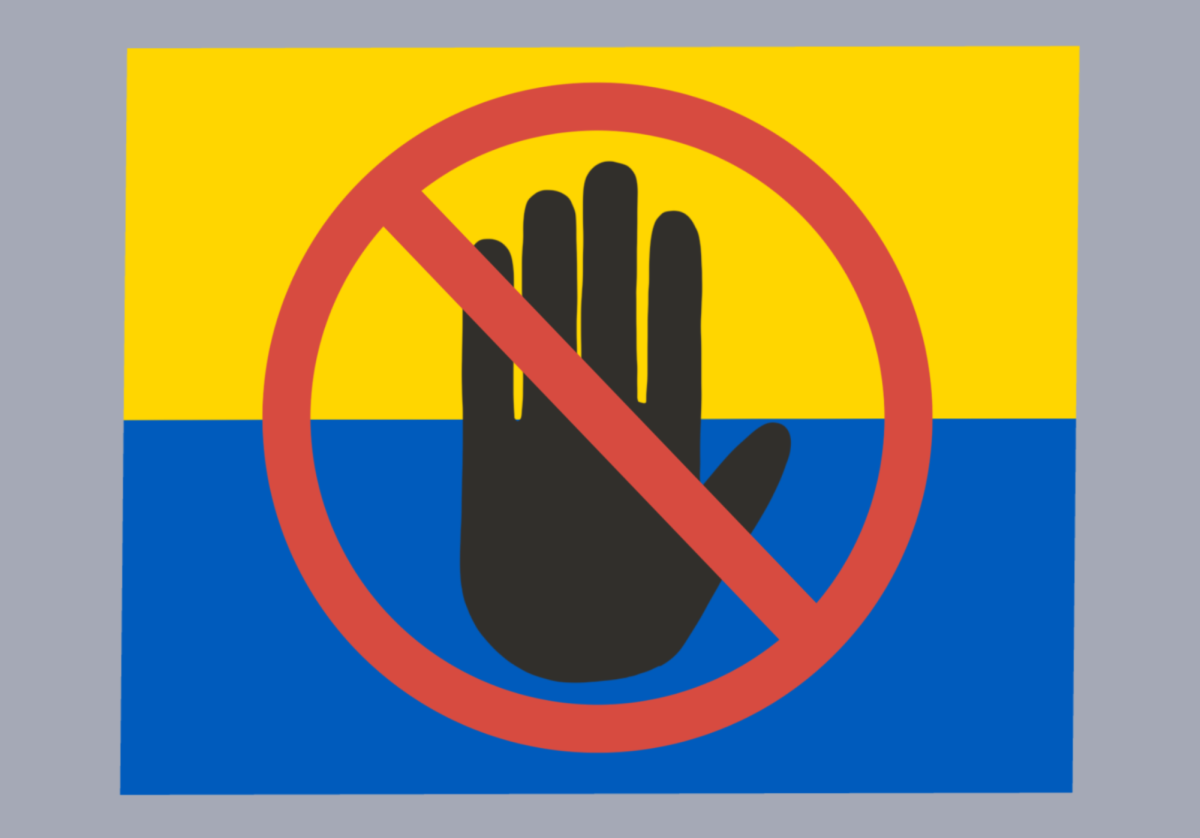
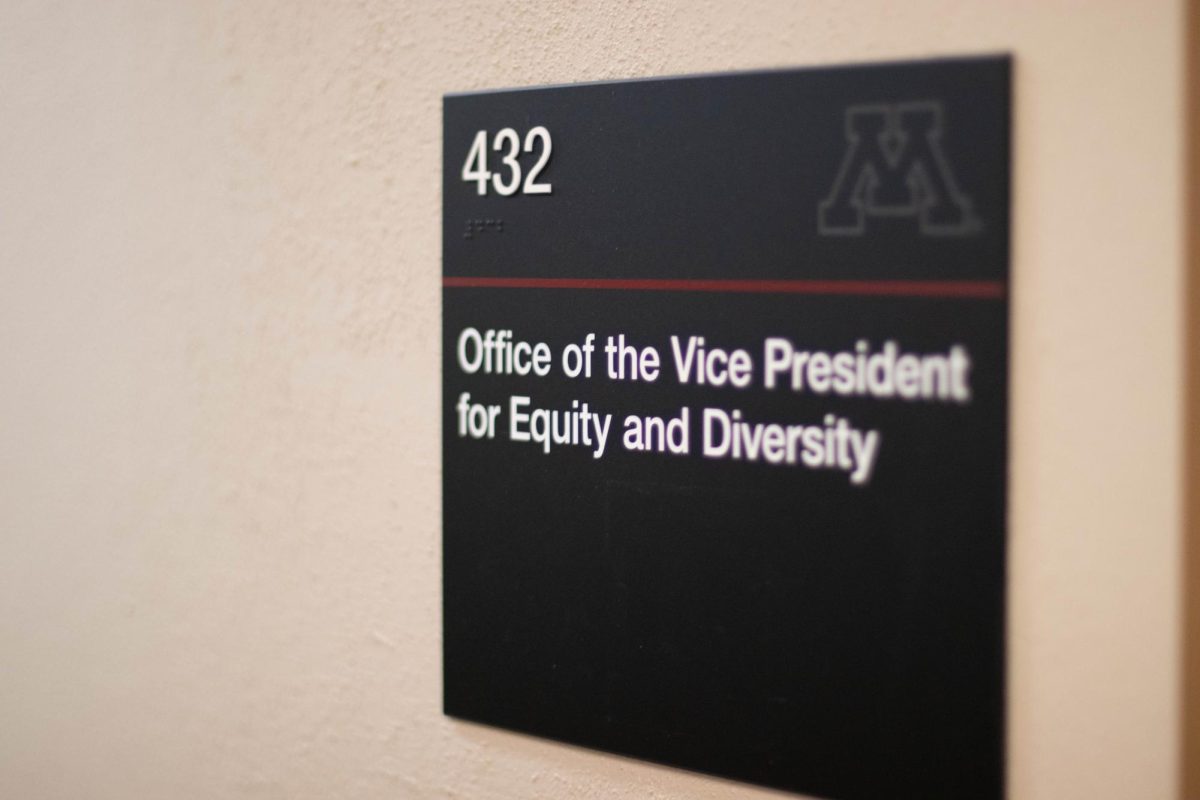
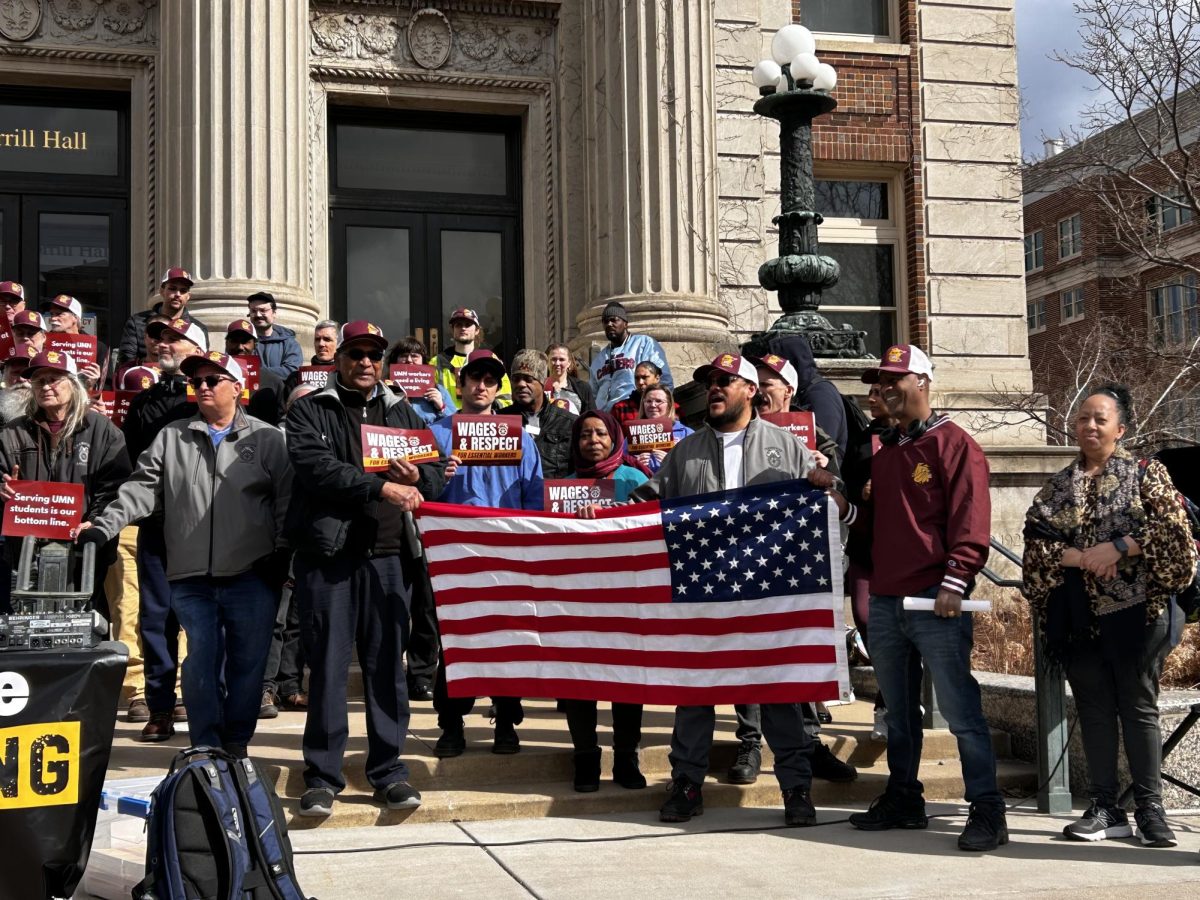



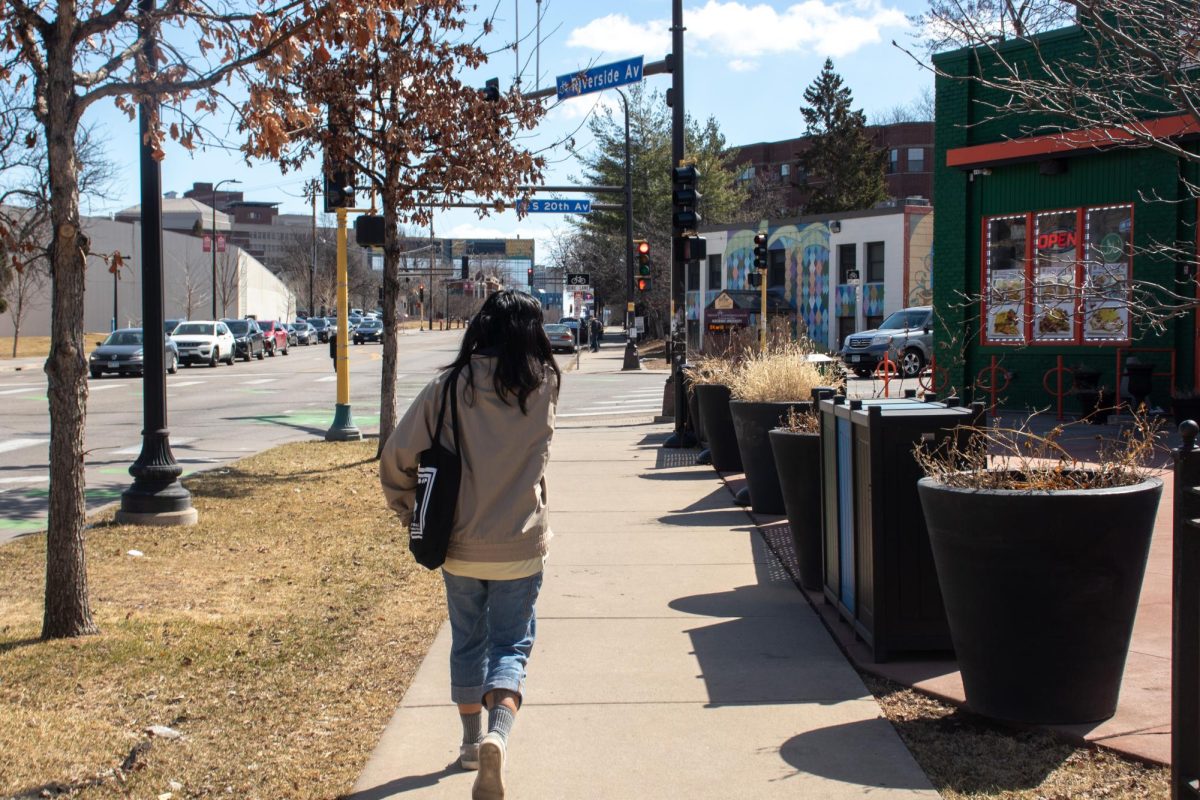
Enn Arre
Oct 3, 2022 at 1:28 pm
Please remember that there are millions of interactions between police and citizens of all types every year and only a very few of them have poor or unjustified outcomes. Many of those hours of contact with the public are verbal negotiations and not “violence and danger”. Unjustified action by police must be prosecuted.
How many students on campus have been shot by UMPD? Officers are highly trained to carry and use firearms, criminals are NOT.
Do you know how many lives police save each year? Why not? Is it because it isn’t newsworthy enough these days to admit the good they do?
Sometimes they saved lives by using a firearm to stop an attacker. Are you saying those lives saved in those situations are not valuable enough to allow an officer to carry the equipment necessary? Is an officer own live not valuable enough for them to be able to protect themselves?
There were over 650 carjackings in Mpls last year. Many at gunpoint, sometimes children were still in the car, some victims were beaten and even shot. All victims are likely to have long term mental health issues due to their experience along with financial hardships due to loss of their property.
Doctors also save lives but have similar problems by occasionally causing poor outcomes for patients including and up to death due to mistakes and malpractice. Both professions are there to try to help others and both professions are made up of humans like all of us. Just like all of us as part of this society, there are some of us that are bad and harm others but most of us care about others but may make terrible mistakes that harm others. Are you ready to ban healthcare on campus because some doctors or nurses have been implicated in the death of a patient?
The issues you face about disabilities are NOT the police’s purview just as many other legal issues everyone faces. There are resources and civil laws, rather than criminal laws, to help you but yes it is not easy to get done. You cannot blame the police for this. That is like blaming a vegetable farmer that your bacon costs too much. Yes they both deal with farms but they are very different concepts.
Have you ever contacted the UMPD directly with your anxieties about their presence on campus and asked what type of training they receive?
Also please be careful out there, carjackers are not always looking for a fancy car, sometime they just look for an opportunity.
Amethyst O'Connell
Oct 3, 2022 at 12:19 pm
While I’m here, UMPD isn’t going to bite the hand that feeds them. We like to stereotype SA being about strangers mugging people in a back alley, but the type of SA me and people like me are likely to face is people like Professors and TAs abusing their positions of power.
Amethyst O'Connell
Oct 3, 2022 at 12:04 pm
Are they highly trained in that way? When I was in my high school’s police explorers, I was told to err on the side of violence and danger when interacting with people and the public. It’s not a stretch to see how erring on the side of violence and danger, for groups of students that are stereotyped in the broader culture as being dangerous, such as black students, and autistic students like me, will cause those students to die.
I, as an autistic student, would rather my car be stolen, than be shot by police and die, for rather obvious reasons, a car is replaceable if irritatingly so, my life, less so. For me, the decrease in crime from an increased police presence does not make me safer because I am much more likely to be shot by a scared cop, than to have my beat up trainwreck of a car jacked.
I’ll also note, I’m also not likely to be the victim of the types of crimes that these policies are intended to prevent, mainly muggings and car jackings, because I’m autistic, I have less earning power, and my car is less desirable to steal. Because I’m autistic in a society and culture that stereotypes autistic traits as being undesirable and dangerous, I also give off an unnerving presence to strangers, which means that cops are more likely to shoot me if they are erring on the side of caution, but it also means that muggers are likely to avoid me since my disability is seen by the broader culture and society as terrifying. These policies are solving a problem that I don’t face by introducing a threat to my safety. The type of crimes that these crime reduction policies are addressing, are crimes that a certain demographic of relatively wealthy students are likely to face more than other students. Cars can’t be stolen if you don’t have one in the first place. The types of crimes and violence that I face as an autistic student on campus, mainly Americans with Disabilities Act violations, meanwhile, I don’t have help with, I don’t have the backing of UMPD, if I want the crimes that I face addressed, I have to find my own lawyers, and my own resources to do so. It’s campus safety for some, not campus safety for all.
Amethyst O'Connell
Oct 3, 2022 at 11:43 am
My friend who is an autistic student has UMPD called on him in a classroom because he was having intercultural communication problems with a teacher. The problem that many students have with an increased police presence, is that, bluntly, many students are defined as unsafe or as criminals before they even commit a crime.
Enn Arre
Sep 26, 2022 at 12:26 pm
An unarmed police officer is called a security guard. Police run TOWARD danger and they need to protect themselves as well as you. they are highly trained at how to handle a firearm safely and use it appropriately. Let me remind you the horrific dereliction of duty carried out by Chauvin was not with a firearm. Shall we ban police hands and knees? How exactly do you expect police to stop someone who is using a firearm to harm people? Ask them to please stop and respect others lives? How many people died at the hands of criminals last year? How many unjustified deaths by police?. It like being more afraid of dying by flying in an airplane (odds about 1 in a million) than dying driving or riding in a car (odds about 1 in 100). You can google that info. Remember that people other than just students, live and work near campus and they WANT protection by UMPD and MPD. I know I prefer not to get carjacked while trying to get lunch on a Tue afternoon!
Joe Smith
Sep 26, 2022 at 9:59 am
You students need to wake up. You’re more afraid of the Mpls police department that you are of criminals? Has it been the Mpls police carjacking you? Has it been the Mpls police shooting guns in your neighborhood and assaulting people?
You’re kids. Your in college to learn. If you know so much already, what are you doing wasting your time in college.